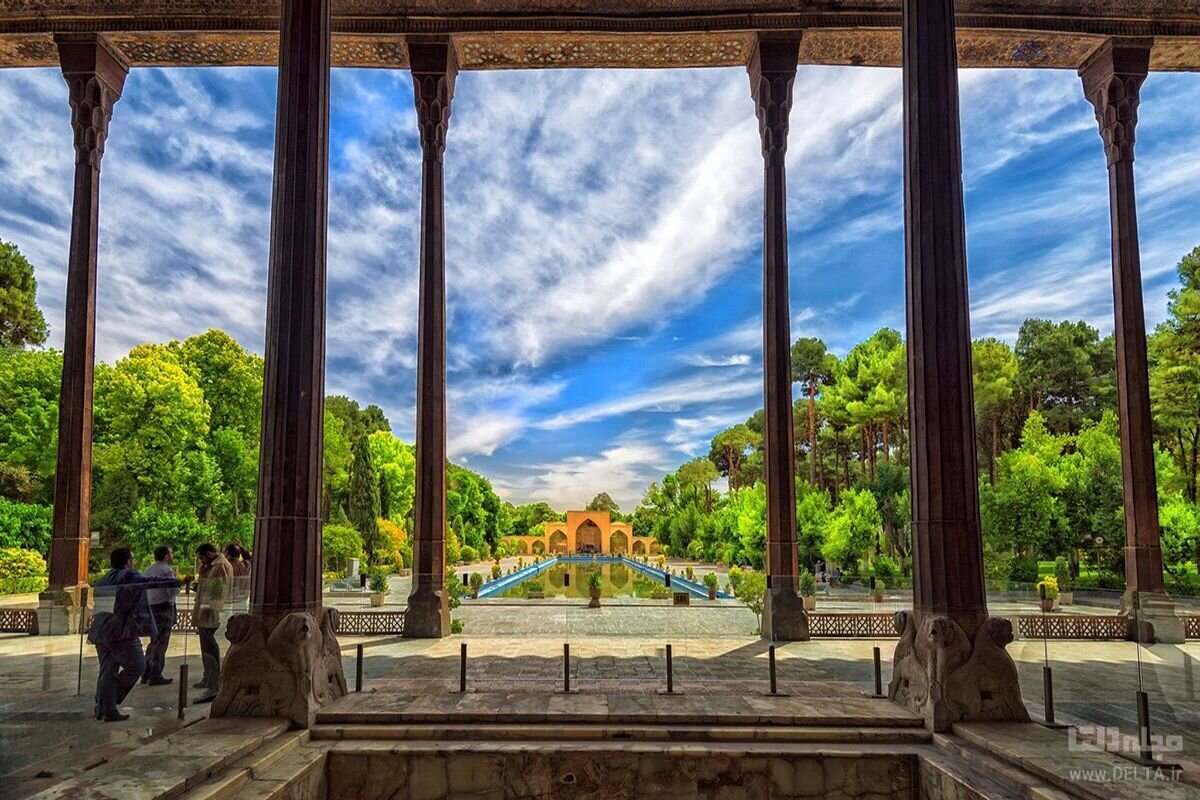Centuries-old murals of Safavid palace undergo restoration

TEHRAN – A restoration work has commenced on centuries-old frescoes that once adorned Isfahan’s Chehel Sotoun Palace, where Safavid kings received dignitaries and foreign ambassadors in their capital city.
“A team of experienced restorers has started work on murals in the northern hall of Chehel Sotoun Palace,” Isfahan province’s deputy tourism chief said on Tuesday.
“Once covered by a plaster layer, those murals were taken out decades ago during a protection project,” Seyyed Mehdi Mousavi said.

The official said those frescos were probably executed by Reza Abbasi (c. 1565 – 1635) or his pupils. Abbasi was a leading Persian miniaturist of the Isfahan School during the later Safavid period.
“These murals, which were the product of the Isfahan school of painting and were executed by the master Reza Abbasi or his students, were unfortunately hacked in the past historical periods and covered with plaster, which was revealed during the protection measures of the 1940s.”
Fortunately, according to the arrangements made, the preservation and restoration of these murals was started by experienced restorers and experts of this General Directorate, he stated.
Chehel Sotoun was constructed as a pleasure pavilion and reception hall in the midst of a large park, itself an exemplar of the Persian Garden which has been inscribed on the UNESCO World Heritage list.
The royal complex was once part of the royal precinct that stretched between Naqsh-e Jahan (Imam) Sq. and Chahar Bagh Abbasi St.
Chehel Sotoun, which literally means “Forty Columns”, derives from the illusion that the twenty columns of the front portico are doubled by the reflecting pool to the south.
The palace is entered via an elegant terrace that connects a pattern of the Persian garden to an interior of elaborate design and splendor. The palace boasts eye-catching frescos that depict multitudes of human figures, royal meetings, and battle scenes among them: the reception of an Uzbek King in 1646 and the infamous Battle of Chaldiran against the Ottoman Sultan Selim I.
Based on historical records, the building was initially constructed in the mid-17th century and rebuilt in 1706 following a raging fire.
Nicknamed Nesf-e-Jahan (“half the world”), Isfahan was once a crossroads of international trade and diplomacy in Iran and now it is one of Iran’s top tourist destinations for good reasons. It is filled with many architectural wonders, such as unmatched Islamic buildings, bazaars, museums, Persian gardens, and tree-lined boulevards. It's a city for walking, getting lost in its mazing bazaars, dozing in beautiful gardens, and meeting people.
AFM
Leave a Comment